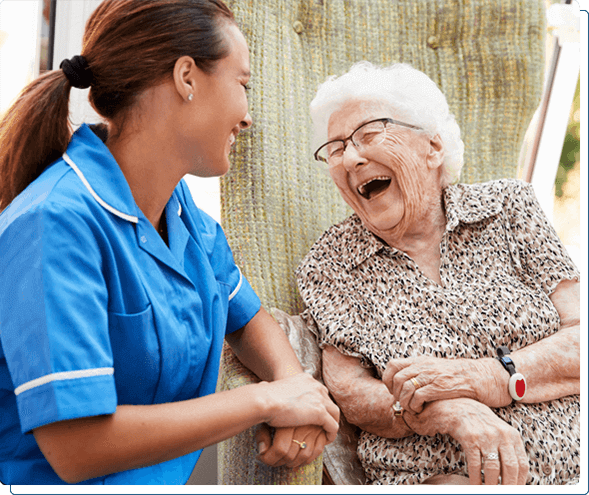Hospital staff and first responders know the safety measures and precautions that need to be taken while caring for a patient. But if you are caring for someone at home, what precautions should you take to protect yourself and stop the spread of any infections? The information about the tools you require and advice from American HealthCare Academy will help you use Personal Protective Equipment (PPE) best practices in the best way possible as at-home caregivers.
PPE Best Practices
Using PPE is crucial, but using it correctly is even essential. When working with people who suffer from an infection or a contagious disease, it is imperative to take precautions. You may be safe while providing care for those you love by adhering to these practical PPE-recommended practices for at-home caregivers. These are excellent guidelines to keep on hand because these best practices will also help you prevent the spread of diseases for other ailments. You can refer to this helpful guide to see what you need and how to use a PPE kit correctly.
The Centre for Disease Control (CDC) advises at-home healthcare providers to use hand sanitizers, gloves, a face shield or goggles, and a preventive mouth and nose covering mask for caring for a patient at home. A paper or fabric face mask, worn under a face shield or in conjunction with goggles, is an acceptable alternative and substitute. Here’s a basic guideline by CDC for the essential items in a PPE kit for the home to protect yourself and the patient from spreading infection:
Gloves
Wearing gloves is recommended if you are tending to a sick person or cleaning and sanitizing the area around them. For this, you can use either reusable or disposable gloves. Naturally, you must keep in mind to clean your reusable gloves regularly if you decide to wear them.
Hand Sanitizer
Where you do not have access to water or soap, hand sanitizer is essential. Make sure to select a hand sanitizer that contains at least 60% alcohol. You can get hand sanitizer that contains moisturizing and skin-healing chemicals if you don’t want to cope with one that dries out your hands. To help cure dry, cracked hands, you can also massage antibacterial hand cream into your hands.
Master First Aid Skills
First Aid Certification course that prepares you for real-life situations.
Disposable/Reusable masks and face shield
When engaging with a sick person, the CDC advises wearing face masks. If you find yourself in a situation where it is difficult or impossible to maintain a 6-foot distance from the sick or the infected person, wearing masks is essential. Wear an N 95 or a 3-ply FDA-approved face mask. Masks can be quite successful in limiting the spread of infections. You can also choose to wear face shields that prevent fogging up. They are comfortable and efficient.
Box of tissues
You can stay hygienic and clean by keeping a box of tissues near the ailing person. To help stop the spread of germs, make sure you swiftly throw away the used tissues into the garbage. After disposing of the tissue, wash or sanitize your hands properly.
PPE gown
In a situation where it’s required, wear a PPE kit every time you must come in close contact with the infected patient. If you don’t have a PPE gown, isolation robes can be made from a rain poncho.
In which situations is PPE required?
It’s crucial to safeguard yourself when providing care for others, some of whom may be ill, especially where there is a danger of infection. Between infectious materials and your skin, nose, mouth, or eyes, high-quality PPE serves as a barrier. This barrier may prevent the spread of pathogens through respiratory secretions, body fluids, or blood. PPE also helps guard against exposure to potentially infectious materials brought in by home care nurses or visitors. It also protects people who have a higher risk of developing infections, such as those who have immunodeficiency.
First Aid Training Made Easy
Learn essential first aid care from anywhere with our online course
Conclusion
PPE kit is an essential component of our defense against communicable diseases and viruses. It not only safeguards doctors and nurses but also protects home caregivers from possible infections. You can also learn more about handling life-threatening situations through online First Aid and CPR training at American HealthCare Academy. Visit our website today and explore the available course options.









